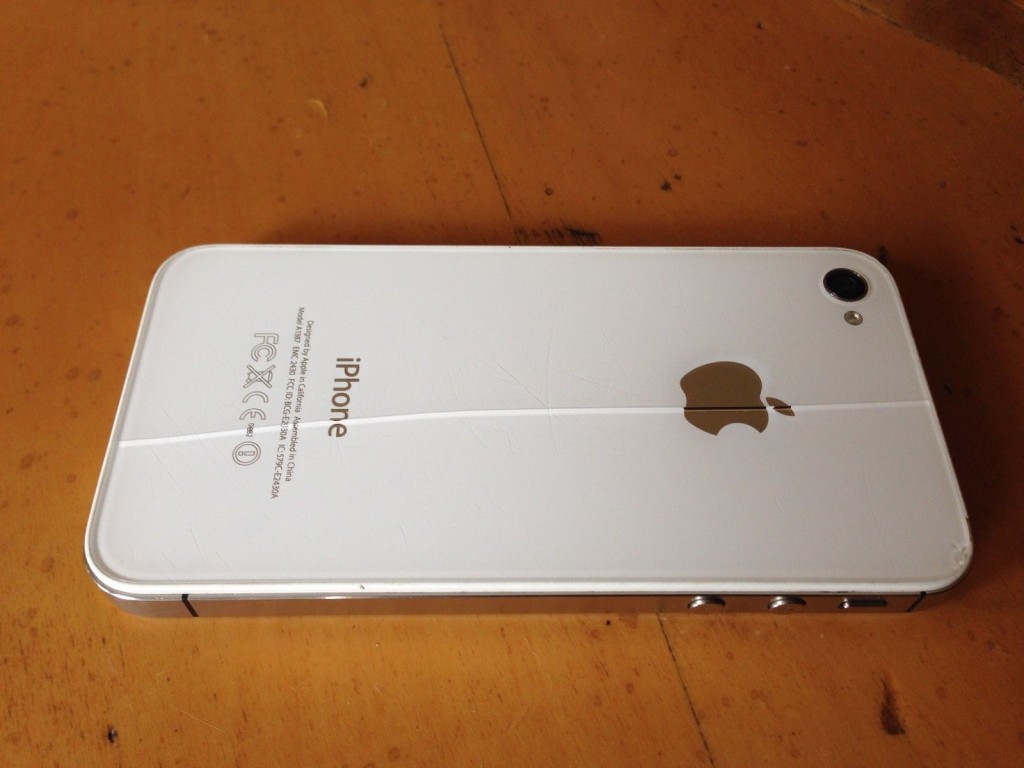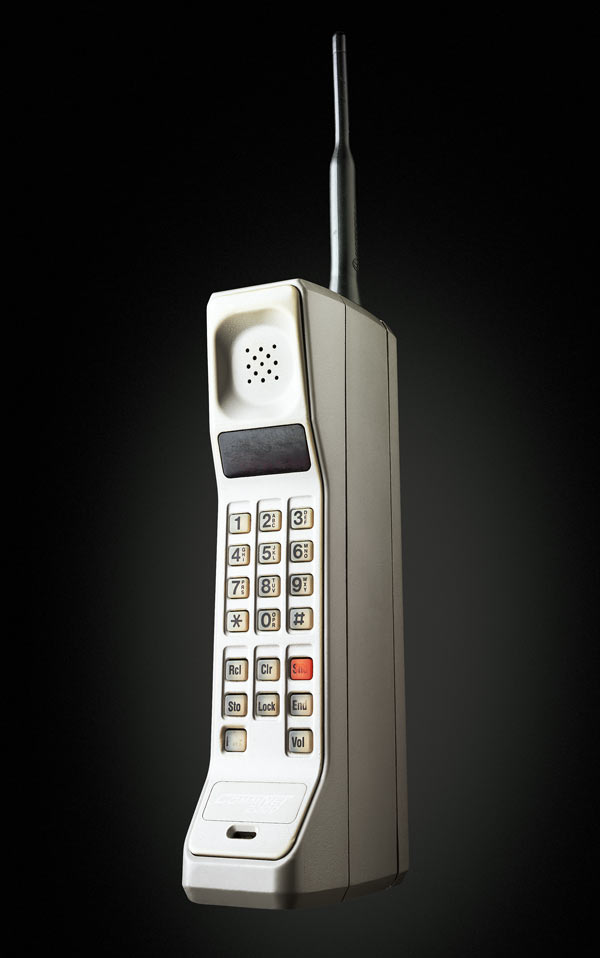We don’t do that list nonsense here. That’s just a disconnected headline crafted in an unscrupulous attempt to get more eyeballs viewing our site than normal. Same deal with the picture.
Instead we’re going to tell you the mobile phone equivalent of why you should never trade in your vehicle at the dealer, and how you can effortlessly save $180-200 or so in the process.
But why would you want to read about that when The Simple Dollar is holding an earnest discussion on the wisdom of saving $8 a year by not flushing your toilets? Yeah, go read that instead. 520 words that Trent Hamm spent a minute excreting out and then let fester in the bowl for some reason. And more people read his blog than this one. That makes sense.
Electronics go obsolete, that’s what they do. If you’re Naomi Klein or some other similarly joyless harpy, you consider obsolescence to be the result of corporatist overlords dictating your purchasing habits. If you’re a normal intelligent person, you understand that progress is dynamic and that things improve. Miss Klein would have you driving a 1975 Pinto with no air conditioning, no anti-lock brakes, no satellite radio, no airbags and no foldable 3rd row seat. But enough about her and her carbon-sustainable lifestyle.
The Apple iPhone 5S, 64GB, retails for $849. (Yes, we linked to Apple.com. Because they need our uncompensated help to sell iPhones.) Its predecessor, the iPhone 5, is defunct. Its predecessor, which we’re guessing more people upgraded to the 5S from than from the iPhone 5, is the 4S, and here our journey begins.
A CYC author’s 2-year-old 4S was starting to act a little groggily. Also it was 2 years old, which as anyone with a mobile contract knows means that now’s the time to upgrade without having to pay a fee. Of course, it also means you’re locked in for a couple more years with said provider, but there are only 3 others to choose among and the price differences are minimal. Either that or use a pay-as-you-go service like Boost Mobile, but those are for poor people and drug dealers.
Buy My Tronics is a slick and effective resale market for folks looking to upgrade their phones, laptops et al. We’d used it in the past, not knowing any better. There was no bidding involved, no fear of dealing with someone unscrupulous on the other end, so it was our natural first choice for resale this time around. And then, as fate would have it, two days before the brand-new 5S was supposed to arrive from China, this happened:
…to an otherwise well-maintained phone that had endured only the most superficial of scratches over the previous 2 years. After countless drops it never lost resiliency nor effectiveness, and then one morning it looked like that. Placed it on the bed, on a soft fluffy mattress, and it came up looking like that. No idea why.
On Buy My Tronics, that unmistakable but purely cosmetic rupture cost $94, reducing their offer from $147 to $53. At that point, taking the trouble to go to the post office and mail it to Buy My Tronics’ processing facility was debatable. Could we get $53 worth of remaining fun out of the iPhone 4S by taking it out into the desert and shooting it instead? (Yes, that’s our answer for everything.)
Now what? A Craigslist ad costs nothing, but there’s also no quality control among buyers. Particularly for an easily stealable item that retails for hundreds of dollars and that fits in one’s hand. An eBay ad costs 10% of the sale price, but you have to go to the trouble of creating an account in order to bid. And, of course, there’s also the feedback ratings.
Long story short, we got $265 for the phone. From a guy in Russia, but he used PayPal and we’re confident we won’t get hosed.
Here’s a truth that’s easy to ignore, given that it’s so self-evident: multiple bidders means happy times for a seller. Especially when the bidders know what each other are bidding. The point of this post isn’t “Stop the presses, the CYC people figured out how eBay works.” It’s reminding people that the incremental effort involved in spending a few minutes writing an eBay ad makes a hell of a lot more sense than shipping your still-valuable goods to an institutional buyer who a) offers only a single, take-it-or-leave-it price and b) is going to lowball you because they’re going to sell the phone to someone else.
One more time: Always look at each transaction from the other party’s perspective. The Russian guy just wants a phone, or so we think. At the very least, he’s willing to pay something approaching retail price for our 2nd-hand, slightly damaged remnants. Buy My Tronics wants to pay wholesale prices, seeing as they’re essentially a wholesaler. There’s no reason to do business with the latter and not the former.
Do we even need to mention that we didn’t bother looking at selling it back to our wireless provider? Its $147 offer – and that was pre-crack – served only as a starting point. Free information for us, giving us an opportunity to gauge our phone’s worth on eBay and set a reserve price. Again, the fewer bidders, the worse the deal you’ll get. If you can’t increase the number of bidders, at least figure out what the other party’s looking for.





